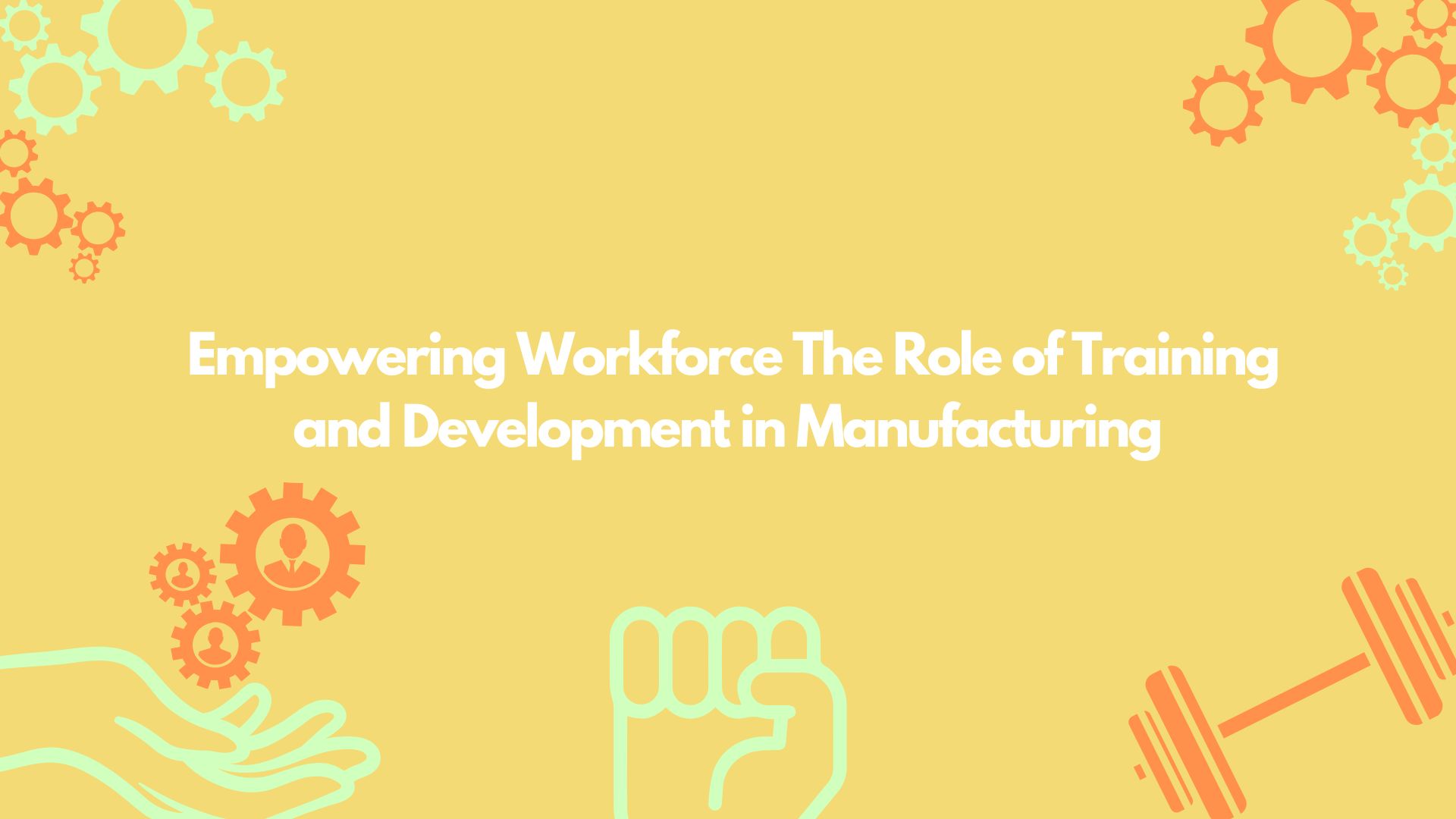Introduction
In the dynamic world of manufacturing, a well-trained workforce is crucial for maintaining competitiveness and ensuring operational excellence. Investing in training and development not only enhances employee skills but also drives innovation and efficiency. This blog explores the importance of training and development in the manufacturing industry and the benefits it brings to businesses.
Understanding Workforce Training and Development
Workforce training and development encompass a range of activities designed to improve employees’ skills, knowledge, and competencies. This includes technical training, soft skills development, leadership programs, and continuous education. Effective training programs align with the organization’s goals and equip employees to meet the demands of modern manufacturing.
Key Components of Effective Training Programs
- Technical Training: Focuses on specific skills required for operating machinery, understanding production processes, and adhering to safety standards.
- Soft Skills Development: Enhances communication, teamwork, problem-solving, and leadership abilities.
- Continuous Learning: Encourages employees to stay updated with the latest industry trends, technologies, and best practices.
- Customized Training: Tailors programs to address the unique needs and challenges of the organization.
- Assessment and Feedback: Regular evaluation of training effectiveness and employee performance to ensure continuous improvement.
Benefits of Training and Development in Manufacturing
- Increased Productivity: Skilled employees perform tasks more efficiently, leading to higher productivity and output.
- Improved Quality: Training ensures that employees understand quality standards and best practices, reducing errors and defects.
- Enhanced Innovation: A well-trained workforce is better equipped to adopt new technologies and drive innovation within the organization.
- Employee Retention: Investing in development programs boosts employee morale and loyalty, reducing turnover rates.
- Safety Compliance: Training on safety protocols and regulations minimizes workplace accidents and ensures compliance with industry standards.
Case Study: Workforce Development at [Company Name]
[Company Name], a leading electronics manufacturer, implemented a comprehensive training program to enhance their workforce skills:
- 40% Increase in Productivity: Technical training and continuous learning initiatives led to significant improvements in productivity.
- 30% Reduction in Defects: Quality control training ensured that employees adhered to stringent quality standards, reducing defects and rework.
- Higher Employee Satisfaction: Customized training programs and leadership development boosted employee morale and retention rates.
Conclusion
Training and development are essential for empowering the workforce and maintaining competitiveness in the manufacturing industry. By investing in comprehensive training programs, manufacturers can enhance productivity, improve quality, drive innovation, and retain top talent. A skilled and motivated workforce is the foundation of manufacturing excellence.









